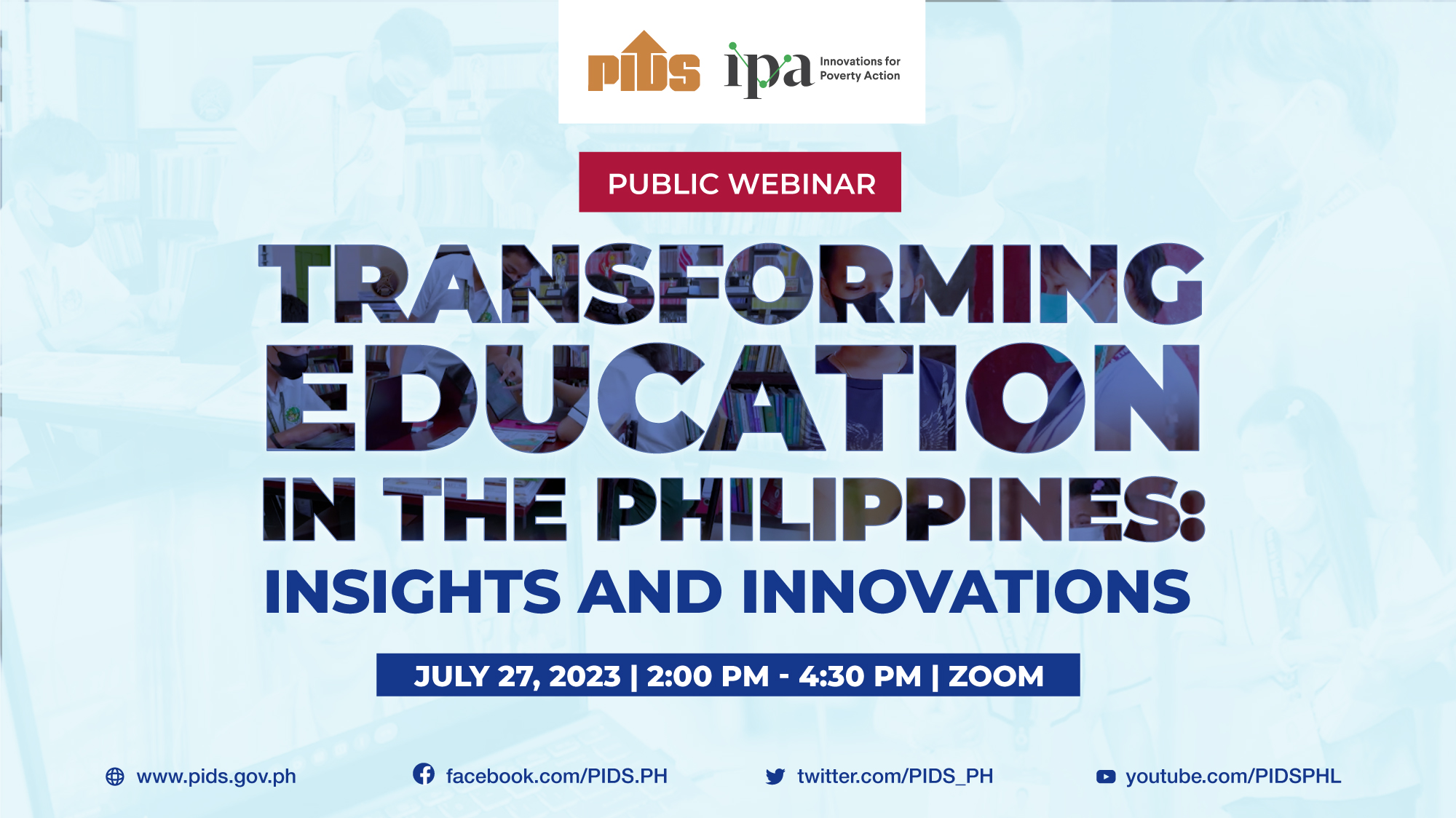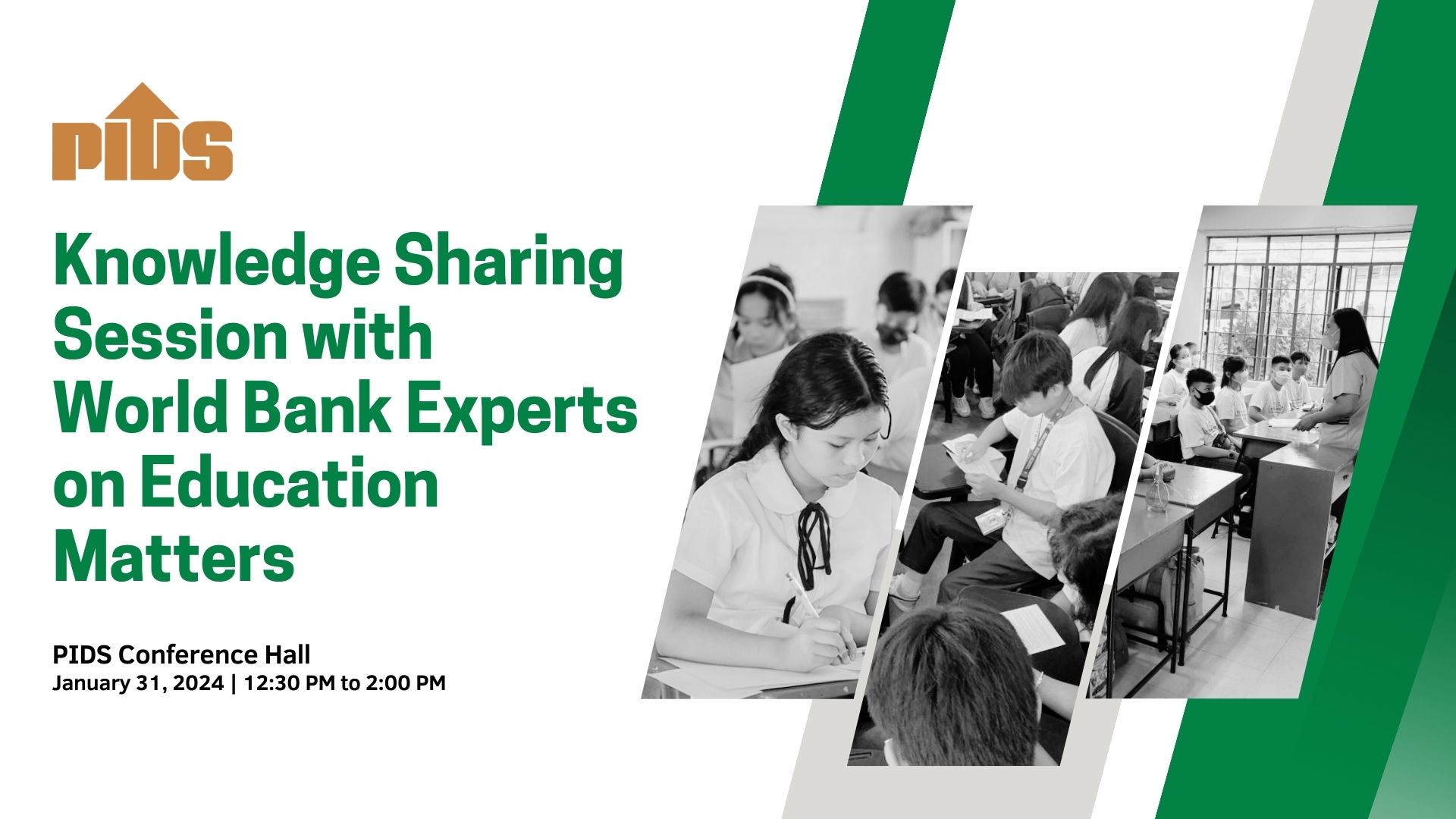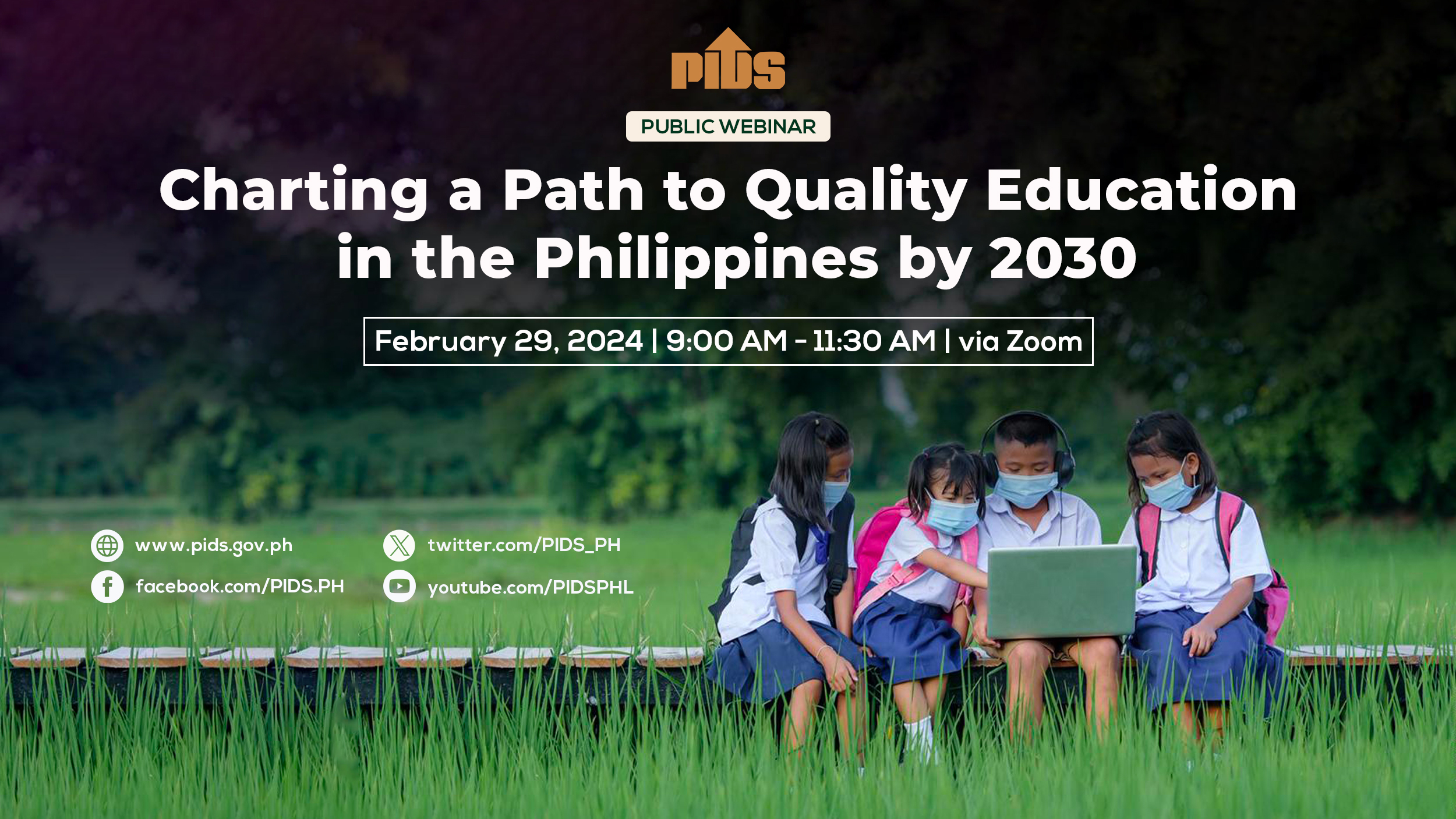THE House Committee on Higher and Technical Education on Monday approved a bill establishing Treasury Learning Bonds.
Albay Rep. Joey Sarte Salceda said his House Bill 639 or the Educational Bond Fund Act will have the National Treasury issue bonds in the name of each underprivileged child towards their post-secondary education.
According to Salceda, the Philippine Treasury Learner Bonds will be a P25,000 bond for every underprivileged child born in the country. The bond will be held in trust by the Bureau of Treasury, issued in favor of the child, he explained.
The lawmaker said the bond will be issued by the Treasury but also funded by the Bureau of the Treasury (BTr). The interest will be paid to the child’s trust account in the Treasury.
“In other words, it is like a government funded lay-away account or a pre-need college plan, except it is government-guaranteed,” Salceda said.
He believes the law will be a way to mitigate inter-generational poverty as “it takes a poor family 32 years to be able to afford college.”
“I don’t think we should wait that long to provide this potent driver of upward social mobility,” Salceda said.
The lawmaker also emphasized the fiscal sustainability of the measure.
“Until it actually matures, there is no cash flowing out of the Treasury. So, in that sense, it is cash-flow neutral. It is also deficit-neutral until then. It is also neutral in terms of the consolidated public sector financial position, since it will not flow out of the government’s coffers.”
Salceda explained that given the current poverty rates, the government will issue some P7.2 billion in bonds for some 288,000 children every year.
He projects that the notes will bear an interest of 8 percent, government-guaranteed. Salceda adds that the child, by the time they turn 18, will likely receive some P61,000 that can go towards their tuition in private school.
He explained the proposed law is patterned after the highly-successful Canada Learning Bonds, which funds post-secondary education. It infuses 2000 CND to a Registered Education Savings Plan (RESP) for low-income households, Salceda said.
“This is basically the same model, except the expense in the case of the Philippines is recorded only once the bond matures,” Salceda said. “In Canada, the expense on the part of the government is outright.”
The lawmaker said that an 18-year bond will fetch an interest rate of around 8 percent, so the P25,000 bond will be P61,000 by the time it fully matures.
“Eight percent far outpaces the education sector average inflation of around 3.8 percent, so it significantly prevents erosion of the value of the bond,” Salceda said.
The lawmaker said the Treasury Learning Bonds must be part of a broader strategy to address drop-out rates in grade school and high school.
“College determines income.”
Citing a 2018 study by the Philippine Institute for Development Studies, Salceda said close to one-third of persons aged 24 and over from middle-income families received college education, much higher than that for the low-income (6 percent), but also much lower compared to those from high-income families (63 percent).
“For this reason, we should make college as universally accessible as possible,” he said.
“College education is essential to the building of a stronger middle class and making college as universal among our population as possible is especially crucial given that we are a service-based economy and our most promising industries, such as non-voice BPOs, the freelancing sector and other high-value services require technical and higher education,” Salceda said.
and food security by sharpening its focus on agricultural competitiveness and natural resource management.
“We see this book as an important influence in continuing the discourse and actions to empower agricultural institutions and communities,” Gregorio said.
He added that SEARCA joins the authors, editors, and ISEAS – Yusof Ishak Institute in recommending the book to policymakers, researchers, government executives, and professionals working in agricultural and rural development to aid in decision-making.
The book was revealed and presented to Balisacan during a surprise gathering of colleagues, friends, and family in celebration of his 65th birthday. It was publicly launched the next day during a plenary session of the 60th PES Annual Meeting and Conference held at Novotel Manila Araneta City. SEARCA organized the session whose theme echoed the book’s title and had Hal Hill, one of the book editors, and four authors as panelists.
Dr. Keijiro Otsuka of Kobe University discussed the changing relationship between farm size and productivity in the Philippines and Japan. He is also a SEARCA Senior Fellow and a member of the SEARCA Publications Board.
Dr. Mark Rosegrant of the International Food Policy Research Institute (IFPRI) talked about adapting Philippine agriculture to climate change. Dr. Rosegrant is also a member of the Advisory Board of the Asian Journal of Agriculture and Development (AJAD) published by SEARCA.
Dr. Peter Warr of the Australian National University spoke about the importance of agriculture for East Asian growth, while Dr. Suthad Sethboonsarng of the International Rice Research Institute (IRRI) talked about the modernization of the global rice market.
“As an instrument of knowledge and co-creation, the book contains lessons from Asian countries that bring to the fore not only the experience, but also the reforms in economic policies, competition law, inequalities, and agricultural development across countries,” Gregorio said.
The SEARCA-hosted plenary session thus provided a glimpse of how the new book can provide insights that are useful to achieving the challenge “From Bouncing Back to Leaping Forward Towards a Future Ready Philippines,” which was the theme of the milestone PES conference.












